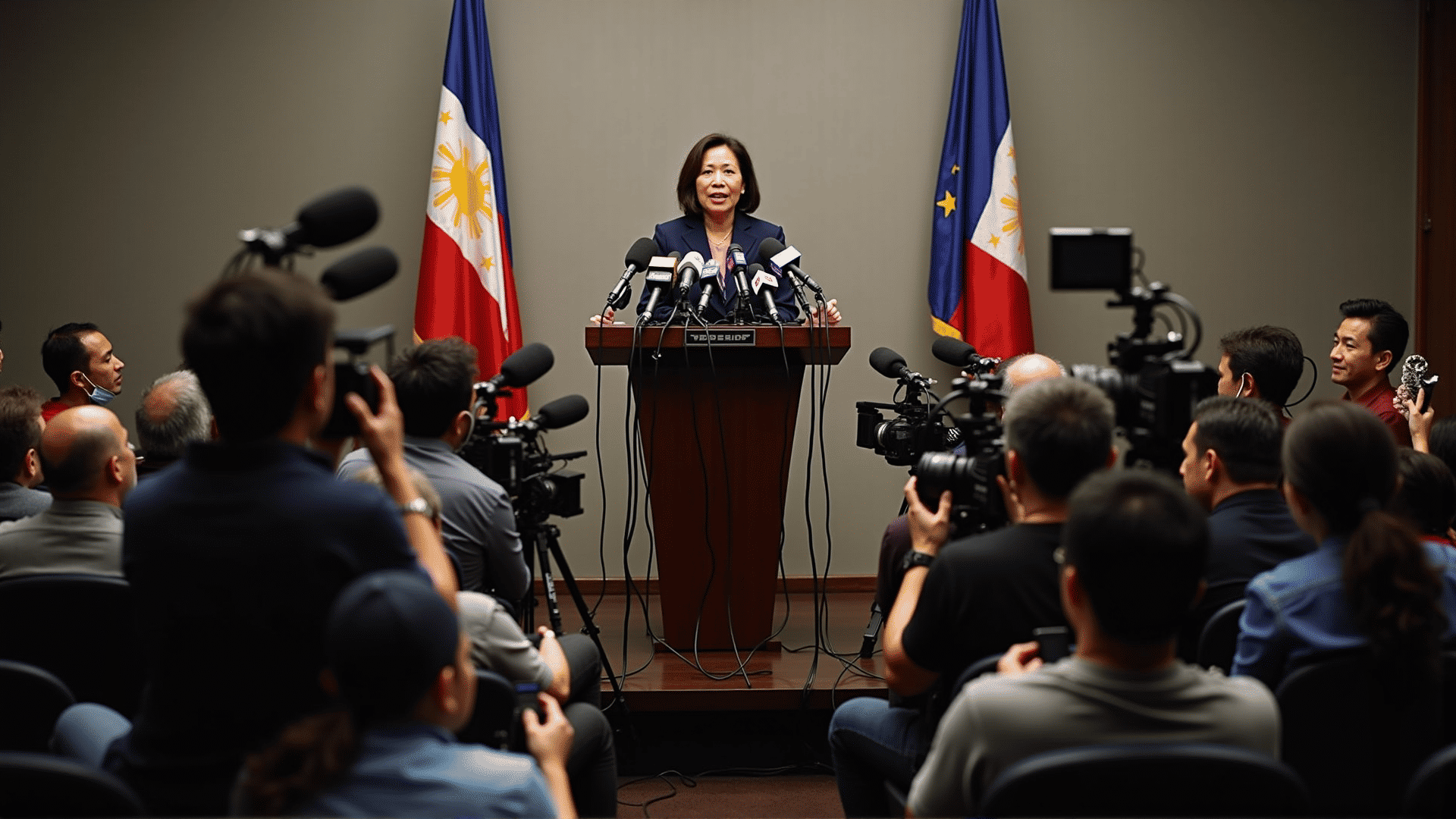In times of unpredictability, how organizations convey information can significantly influence outcomes. In the Philippines, where natural disasters and unforeseen challenges are not uncommon, public relations experts have honed techniques to ensure clarity and trust are maintained. This article explores some of these effective communication strategies, providing insights for individuals and organizations preparing for future uncertainties.
Swift and Accurate Information Dissemination
One of the primary lessons from PR experts in the Philippines is the importance of speed and accuracy. During a crisis, timely updates are crucial. Organizations need to establish methods to deliver information rapidly without compromising correctness. It involves setting up reliable channels and pre-prepared templates that ensure information can flow seamlessly to the public.
Clarity and Simplicity
While speed is vital, the manner in which information is conveyed holds equal weight. Keeping messages clear and straightforward helps prevent misunderstandings. It ensures that everyone, regardless of background or level of familiarity with the situation, can understand the essential details and immediate steps they might need to take.
Maintaining Transparency
Trust is a fragile commodity that can be easily shattered, particularly when situations are dire. PR professionals stress the importance of maintaining transparency, even when the news isn't positive. Admitting what is unknown and providing honest updates as more information becomes available fosters confidence in those receiving the message. People generally prefer honesty over incomplete or exaggerated assurances.
Consistency Across Platforms
In today’s digital age, people obtain information from various sources, from social media to traditional news channels. Ensuring a unified message across all platforms prevents confusion and rumors. This requires coordination among teams managing different communication mediums to deliver consistent updates.
Empathetic Communication
Crises naturally evoke strong emotions, and communicators need to address not just the informational needs of their audience but their emotional ones as well. Exhibiting empathy and understanding in messaging can strengthen connections with communities. Recognizing the human element involved and offering reassurances can go a long way in preserving trust and unity.
Active Engagement and Listening
Another crucial component involves engaging with the audience through active listening. Opening channels for feedback and questions allows organizations to address concerns directly. This two-way communication enhances the respect an organization garners during tough times, as it shows a commitment to genuinely supporting those affected.
Preparedness and Training
Lastly, the ability to communicate effectively during a crisis often hinges on preparation. Regular training sessions and simulations can prepare teams to act decisively and appropriately when a real situation arises. Familiarity with different scenarios ensures that when a crisis hits, those responsible for communicating can rely on practiced skill rather than improvisation.
In conclusion, communication during a crisis isn't just about delivering facts but about building and maintaining a bridge of trust. By taking lessons from the adept PR practices seen in the Philippines, other organizations can better equip themselves to handle future adversities with dignity and efficacy. The strategies outlined emphasize not only the dissemination of information but also the preservation of relationships and credibility in challenging times.
